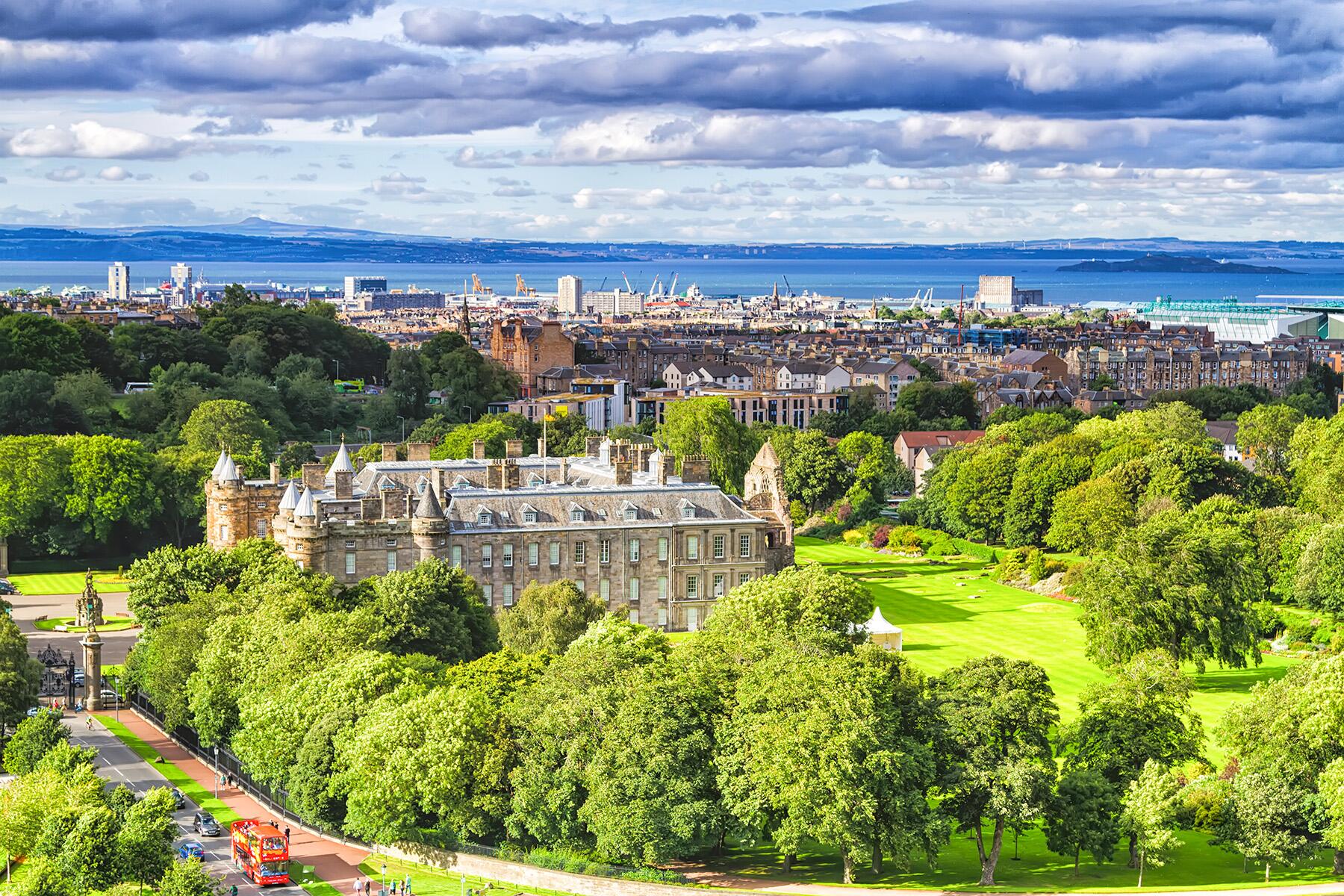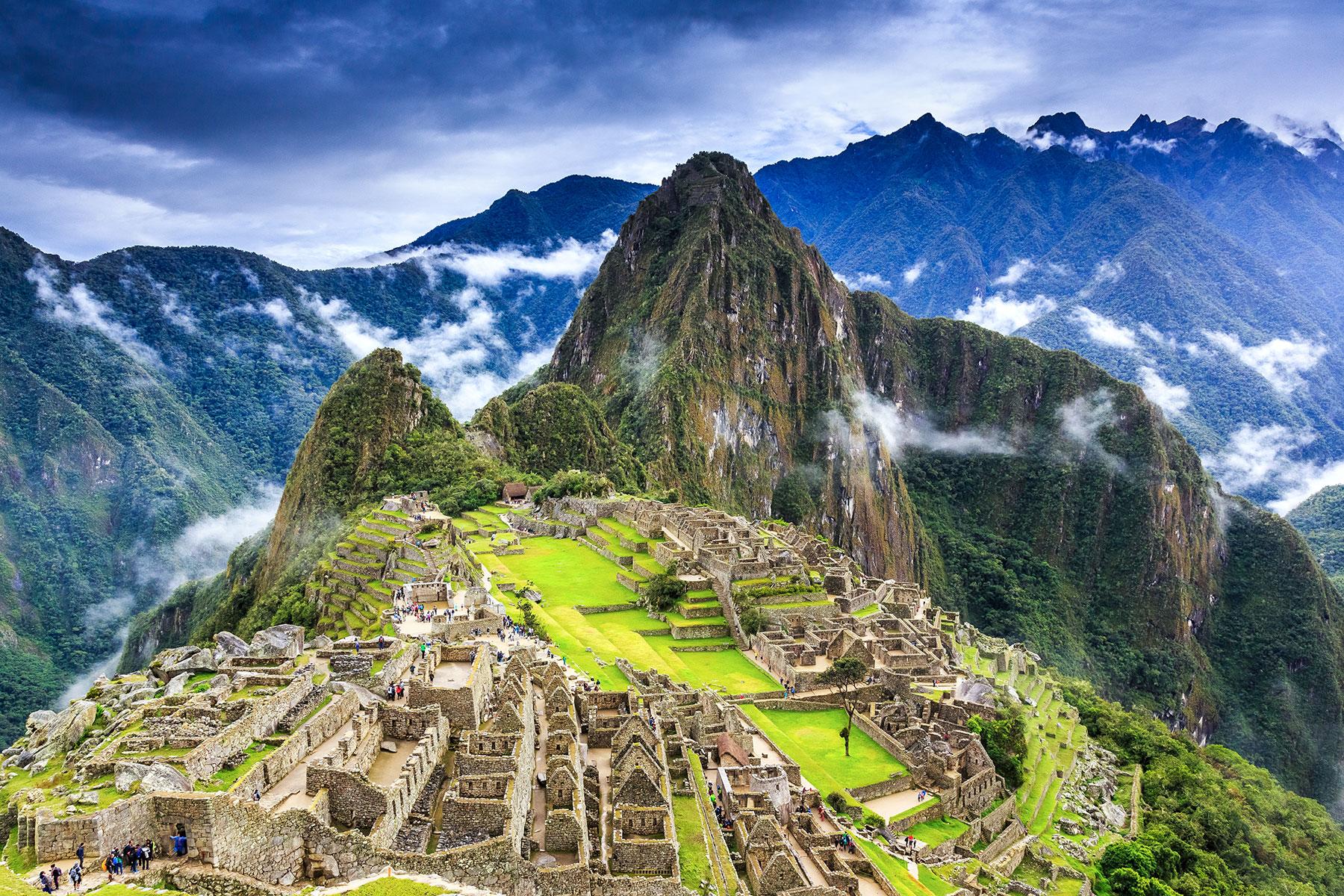Before traveling to Peru, here’s what you need to understand about the Latin American wonder.
A visit to the postcard-perfect ruins of Machu Picchu in Peru might be the most coveted trip you can take in all of South America. “Discovered” in 1911 by American explorer Hiram Bingham some 400 years after the Inca Empire abandoned it and the surrounding jungle subsequently concealed it, Machu Picchu is widely regarded as one of the seven wonders of the world and one of the most panoramic places on Earth.
While few things in life are ever really “must-see” (because different individuals value different things), Machu Picchu is undeniably one of them. If you have the means and desire to see it for yourself, you should seriously consider a visit.
Top Picks for You
Is it really worth it?
Yes.
Despite the obvious crowds that overwhelm the city of ruins, visiting Machu Picchu is an orderly, clean, and dumbfounding experience. Built in 1450 by industrious and “How did they do all this!?” Incan hands, the huge, block-filled citadel is more than 1,700 feet long and 600 feet wide. It rests nearly 8,000 feet high in the Andes mountains of southern Peru and is surrounded by countless terraces, towering green peaks and ridgelines, and the beautiful Urubamba River below.
Deserted about 75 years after it was built while under threat from Spanish Conquistadors, Machu Picchu rates five out of five stars according to tens of thousands of online user reviews. It’s also one of the most emphatic examples of “seeing is believing.” You should go.
How do I get there?
By bus, train, and/or on foot, most likely after several flights, train, and bus connections.
Although getting to Machu Picchu isn’t necessarily hard, it is out of the way and will require some logistical planning and coordination. Its rise in popularity since the 1980s and subsequent amenities have made the process a little easier, but a visit still requires more effort when compared to The Colosseum or Great Pyramid of Giza.
For instance, after arriving at the nearest airport (see below), you’ll need to take a two-hour bus ride to the city of Ollantaytambo, followed by a two-hour Peru Rail or Inca Rail train ride to the delightful mountain town of Aguas Calientes. From there, you can walk up to Machu Picchu in an hour and a half, or take a 30-minute bus ride up for $12 (one way).
If that doesn’t appeal to you, guided driving or hiking tours can do much (if not all) of the above for you.
Recommended Fodor’s Video
Where's the nearest airport?
Cusco. A domestic flight there by way of Lima International is the easiest way to start your journey to Machu Picchu. Not only is Cusco the ideal launching point, it’s also one of Peru’s oldest and most interesting cities. At over 11,000 feet in elevation and with more than 400,000 residents, Cusco is also bigger than you might expect. As a testament to both its and nearby Machu Picchu’s popularity, both LATAM Airlines and Peruvian Air offer flights every 15 to 30 minutes every day, starting as early as 5 a.m. and going as late as 9 p.m.
Where can I get the best photo?
You’ll want to get a photo from the far left (west) side from the top of the cultivation terraces, which lie above the city itself. Doing so will help you avoid some of the crowds which tend to congregate nearest the visitor center on the right/east side of the terraces, but it will also give you a better perspective of the city in the foreground and the beautiful Huchu Picchu and Huayna Picchu mountains in the background. If it’s good enough for National Geographic, it’s probably good enough for you.
How crowded is it?
To put things into perspective, Machu Picchu was once home to an estimated 1,000 people. Today, more than six times that number, up to 6,000 tourists, spend several hours overrunning it on any given day. It’s very crowded.
Again though, the process is very orderly and clean. You’ll never feel the risk of being crushed or severe agoraphobia, but you may have to wait a few moments (never minutes) for queues to clear or to sidestep your way past slower visitors.
Do I need a guide?
Technically, yes. In 2017 Peru made it mandatory for visitors to be accompanied by guides but the rule isn’t strictly enforced (yet). If you plan to visit the sanctuary as the final stop along the popular Inca Trail, a trail guide is required and will most likely stay with you at Machu Picchu to provide an included tour of the citadel itself.
How do I get tickets?
Entrance passes into Machu Picchu can be purchased in person the day of your visit, in advance at the Ministry of Culture’s confusing website, or included with many third-party guided tours. Non-resident adults must pay $47 each and non-resident students or children aged 8-17 get in for $24 each. The grounds are open from 5:30 a.m. to 5 p.m. every day.
How much time should I spend there?
Most visitors spend half to a full day taking in the views, walking the ruins, gawking at the surrounding mountains, and admiring the terraces, temples, and mortar-free stone walls. During the peak-season dry months of June, July, and August, however, it can get very hot, as ventilation is limited. Either way, a multi-day destination this is not.
Will I get altitude sickness?
You probably won’t experience altitude sickness, at least not in Machu Picchu proper, and especially after all of the acclimatization you will have already done on your way there. Your biggest concern will be flying into Cusco, which is 3,000 feet higher than Machu Picchu. An estimated 20 percent of Cusco visitors experience mild altitude sickness in the form of headaches, nausea, and in rare severe cases, bedridden vomiting. The best antidotes are deep breaths, ibuprofen, extra water, and taking it easy for the first 24–48 hours after arrival.
When's the best time of year and day to visit?
During the dry season months of April through October are the best times to go to Machu Picchu, although you’ll experience heavier crowds in June, July, and August. That said, April or October might be the ideal shoulder months to visit for good weather and lighter crowds. In terms of granular timing, Machu Picchu is packed every day of the week but a little less so in early mornings and late afternoons.
Is Machu Picchu more rewarding as the final stop along the Inca Trail?
Yes—undeniably so. The Inca Trail is the most famous trek in South America and arguably one of the top five hikes in the world. Not only is the trail significantly more isolated than Machu Picchu itself, it’s beautiful, impeccably maintained, and populated with equally breathtaking Incan ruin sites, namely the high-perched Sayaqmarka, the low-lying Phuyupatamarka, the outstanding Intipata, the massive Wiñay Wayna, and the tantalizing Intipunku (or Sun Gate), the last site before descending into Machu Picchu itself. While the latter is certainly the most photogenic site, many of the others are oh-so-close in terms of their scenery and can often be enjoyed all by yourself or alongside your small tour group.
How do you hike there?
The starting point of the traditional or “classic” four-day Inca Trail begins at Ollantaytambo and spans 26 miles through green-covered mountains, misty cloud forests, steep elevation changes, dramatic jungles, and countless Inca paving stones, ruins, and tunnels. There are no more “hike it yourself” options, however. As of 2017, you must hire a registered guide, usually in the form of a group tour. In terms of user reviews and best food options, affordable service, and campsites, the locally-owned Llama Path is the highest rated tour operator today.
INSIDER TIPIf deciding to hike the Inca Trail, be aware that morning start times happen anytime between 3–6 a.m., the benefit being greater solitude, better “first come, first serve” campsites, and long afternoons to rest and take in the surroundings.
How have new hiking permits changed the experience?
Since the United Nations first designated Machu Picchu a world heritage site in 1983, the “Lost City” and connecting Inca Trail have seen an unprecedented, if not hindering, number of visitors. While newly enacted Peruvian laws actually increased the number of daily visitors to 6,000 people, officials claim to have organized and reduced the flow of traffic with timed intervals, alternative routes, group size limits, and now-mandatory official hiking guides. Basically, there’s a little more order to the madness now, which is a good thing for those hoping to visit.
Where do I spend the night?
In Cusco, the JW Marriott comes highly rated as a former convent and soothing spa haven to either acclimatize beforehand or rejuvenate after hiking the Inca Trail. For more affordable but similarly high-rated digs with an impressive Spanish courtyard, also consider Novotel Cusco. In the beautiful mountain town of Aguas Calientes, which lies at the base of Machu Picchu, both the three-star Tierra Viva and five-star Sumaq come highly rated.
What else should I do in the area?
Day hike either the Vinicunca or Palcoyo Rainbow Mountains while you’re visiting Machu Picchu. The former is bigger, harder, and best booked after arriving in Cusco for around $20/person, whereas the more limited, significantly less crowded, and arguably more diverse latter mountain can be booked in advance with Exploor Peru. Other popular attractions include day trips to Sacred Valley, the Sacsayhuaman ruins, and people, vendor, and cathedral watching in Cusco’s Plaza De Armas.
In terms of food, no visit to the area would be complete without eating lomo saltado (traditional Peruvian stir fry) with quinoa, drinking the rich and delicious llama’s milk, eating just about any type of Peruvian bread, and getting up close and personal with the endearing Quechuan natives.




